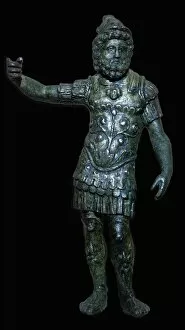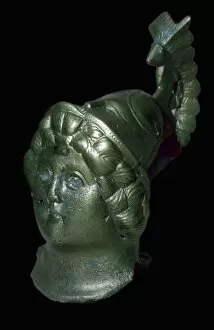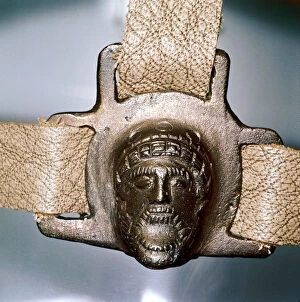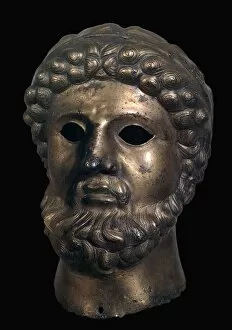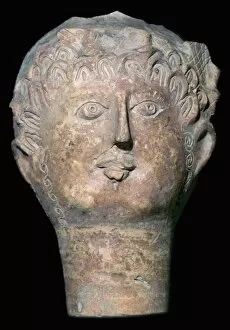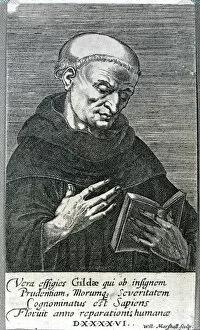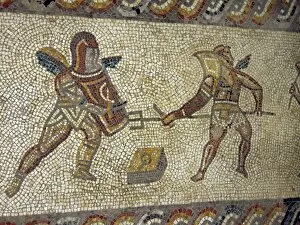Romano British Collection (#2)
"Unveiling the Riches of Romano-British Heritage
All Professionally Made to Order for Quick Shipping
"Unveiling the Riches of Romano-British Heritage: A Glimpse into Ancient Art and Culture" Step back in time with us as we explore the fascinating world of Romano-British artifacts. From a delicate Ceramic figurine of a Mother Goddess, nurturing her baby, to an intriguing Amulet engraved with a triple phallus symbolizing fertility and protection. These relics offer us glimpses into the beliefs and customs of this ancient civilization. Marvel at the intricate craftsmanship displayed in an Ornamental Brooch adorned with champlevé enamel, showcasing the artistic prowess of Romano-British artisans between 100-300 AD. Delve deeper into their ingenuity through a Crossbow Fibula, crafted from bronze, gilt-bronze, silver & niello - a testament to their advanced metalworking techniques. Witness the power and symbolism captured in the Fibula of an Eagle; its bronze frame embellished with exquisite enamel inlays that speak volumes about their reverence for nature and strength. And let your imagination soar as you decipher inscriptions on a limestone Distance slab dating back to 142-180 AD – revealing tales of military conquests etched forever in stone. Immerse yourself further by admiring The Groans of Britons illustration from The History of the Nation – depicting scenes that transport us to tumultuous times when Roman rule clashed with indigenous resistance. Then marvel at The Hare mosaic from 350 AD – its vibrant colors still captivating after centuries. Join us on this journey through time as we bring together these remarkable artifacts at our Exhibition of Ancient and Medieval Art. Experience firsthand how Romans left an indelible mark on British soil while appreciating Wycombe's Roman Antiquities near Andoversford, Gloucestershire - immortalized forever in engravings that capture their grandeur. Discover stories untold within these treasures; witness artistry preserved across millennia; feel connected to the Romano-British legacy that shaped our history.

